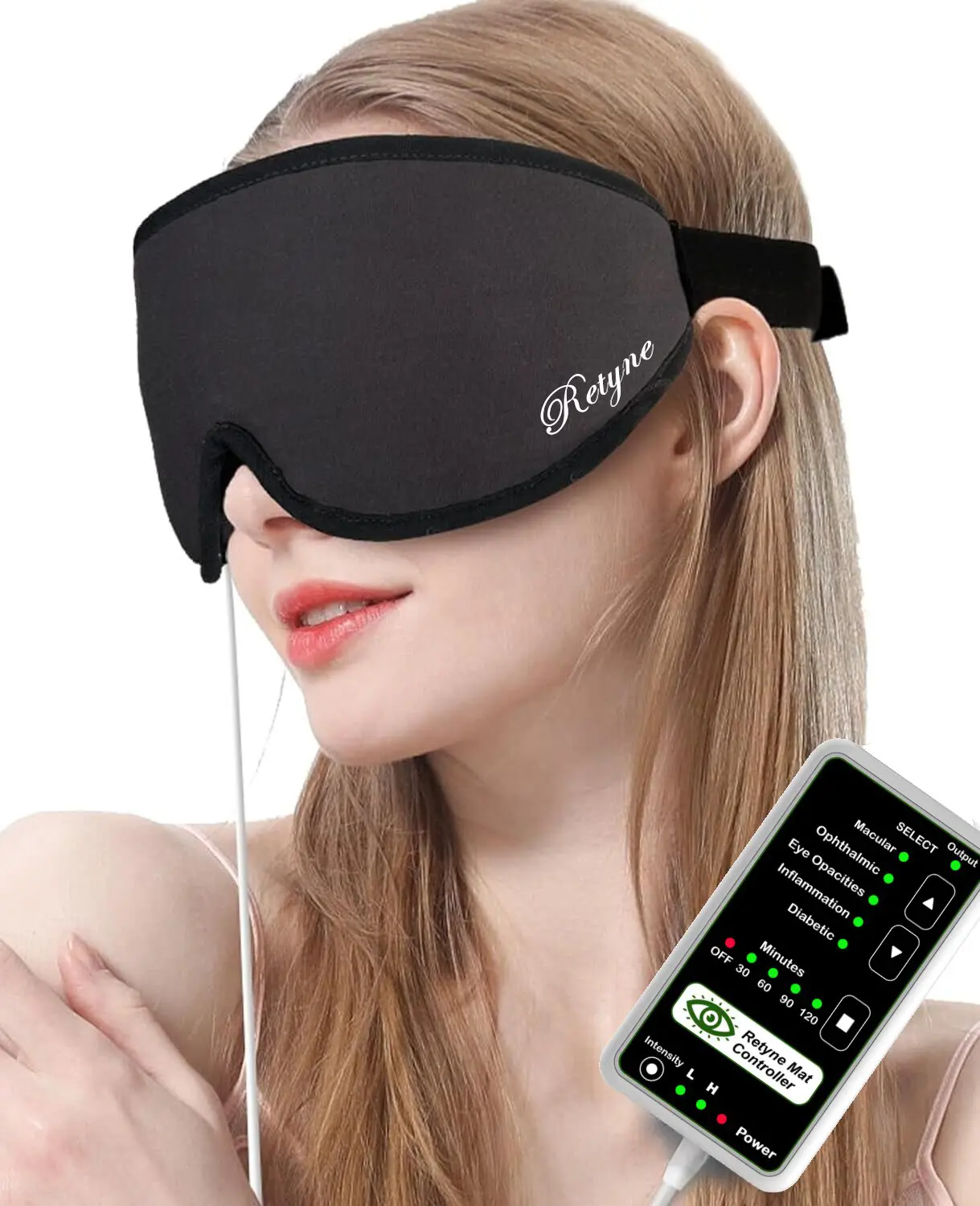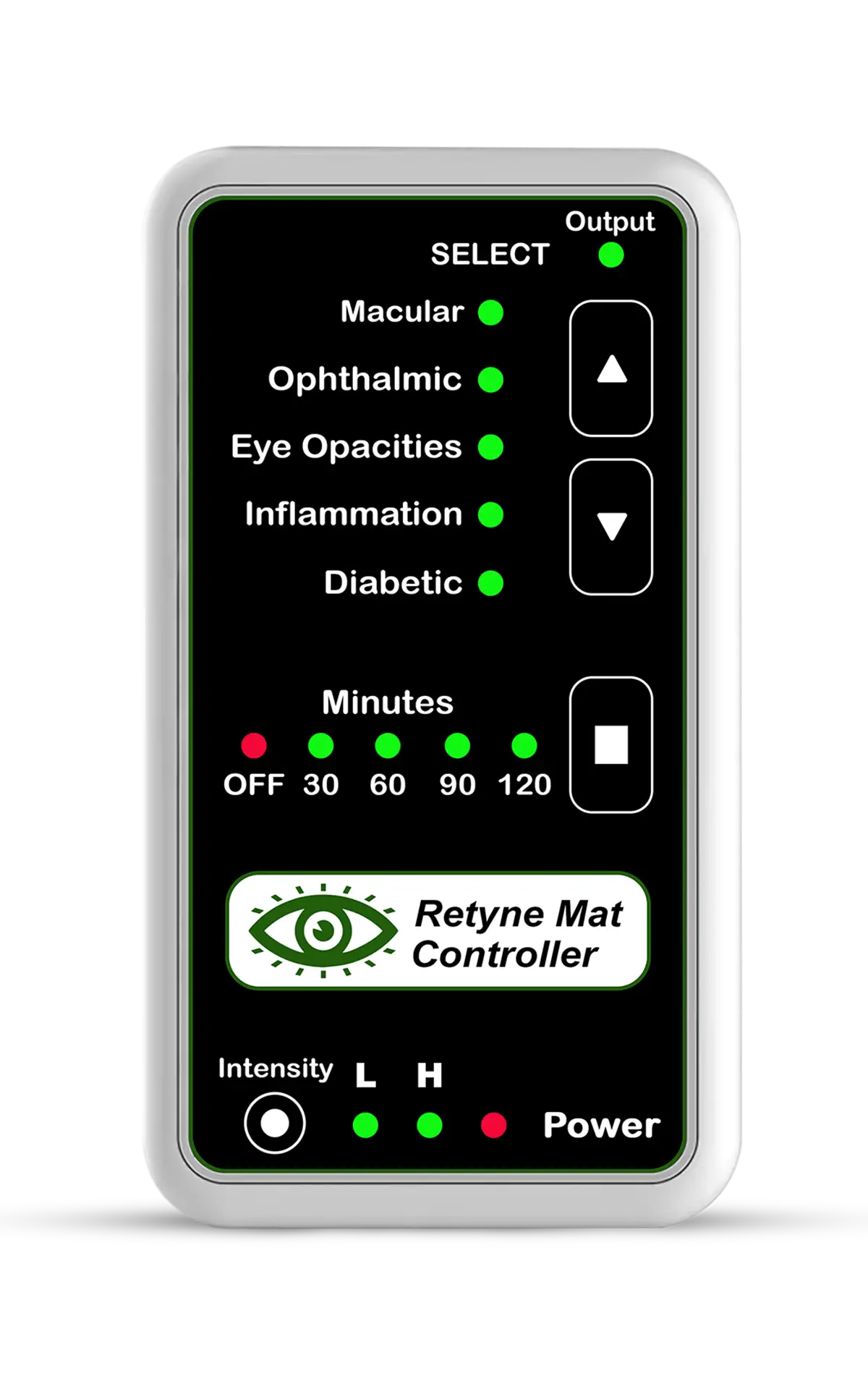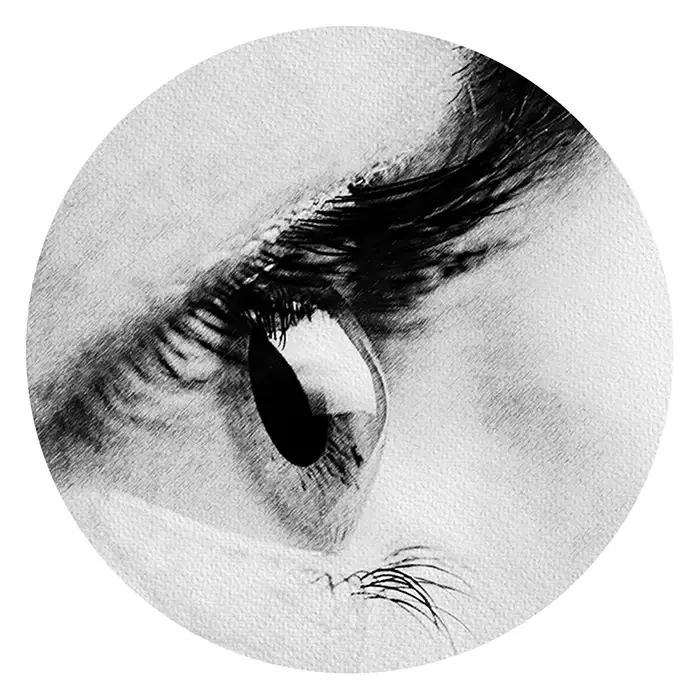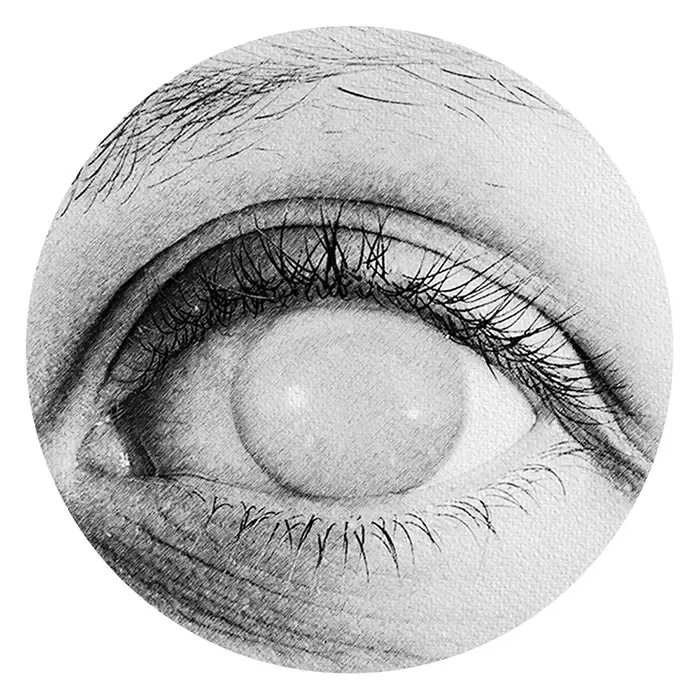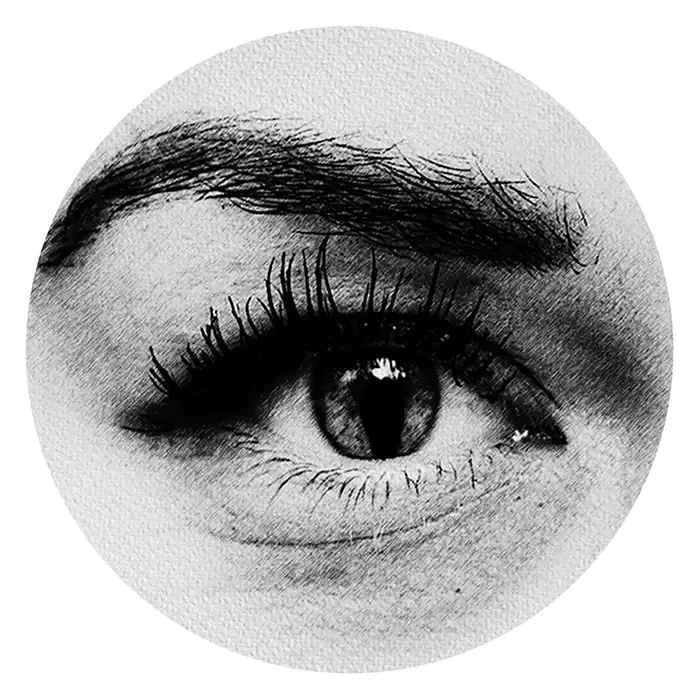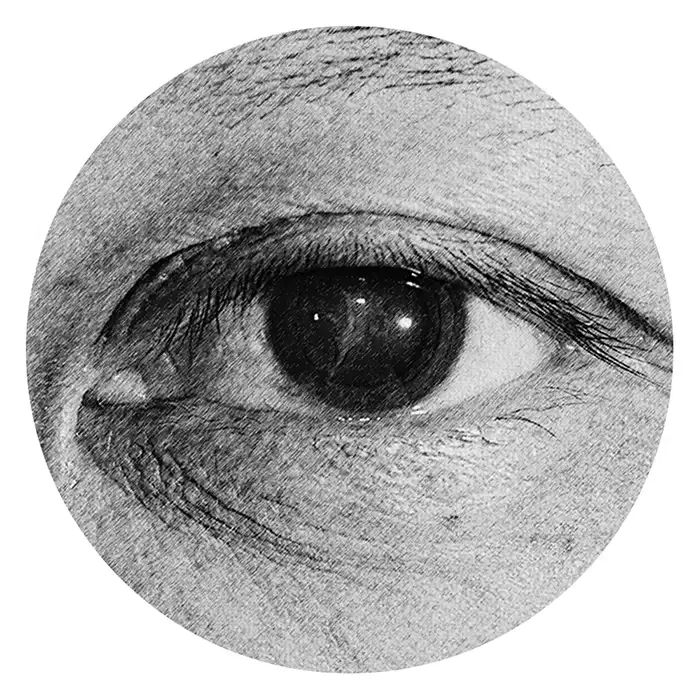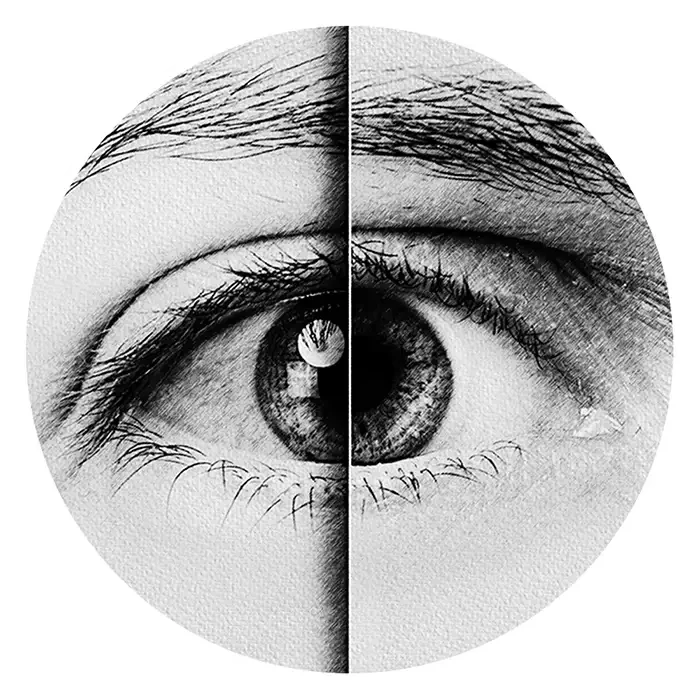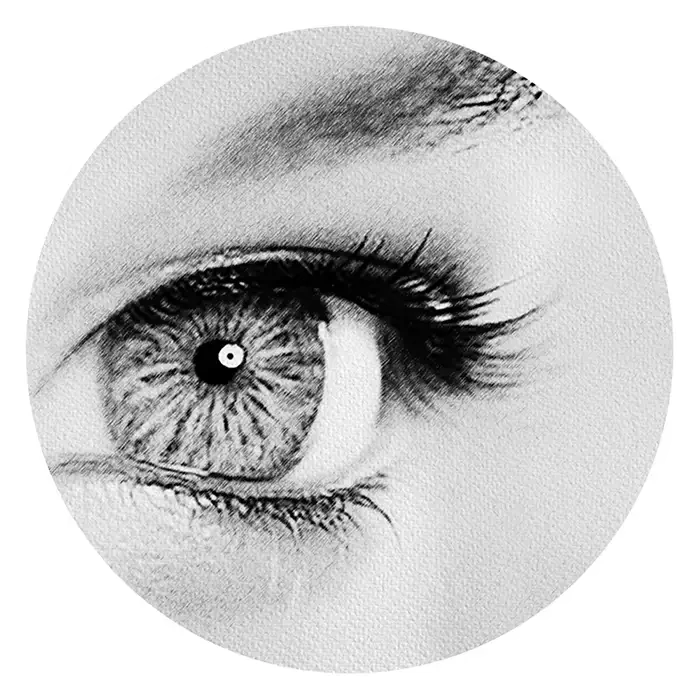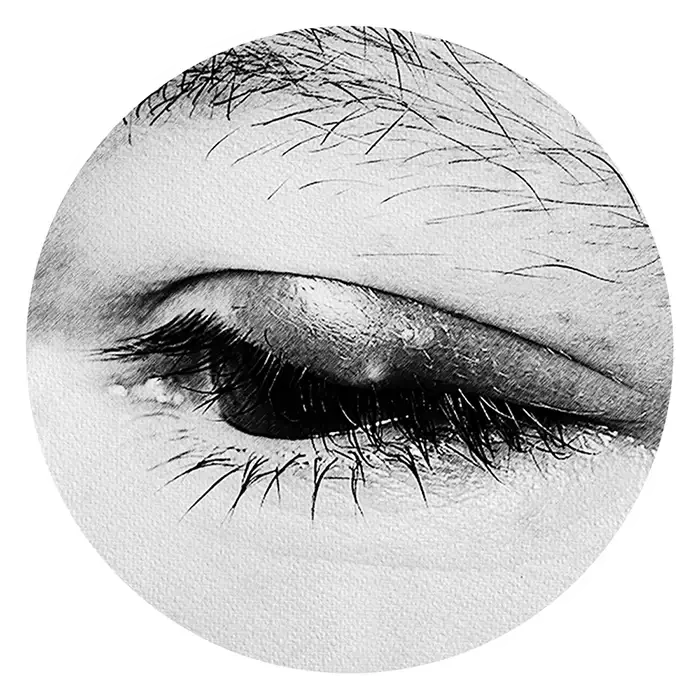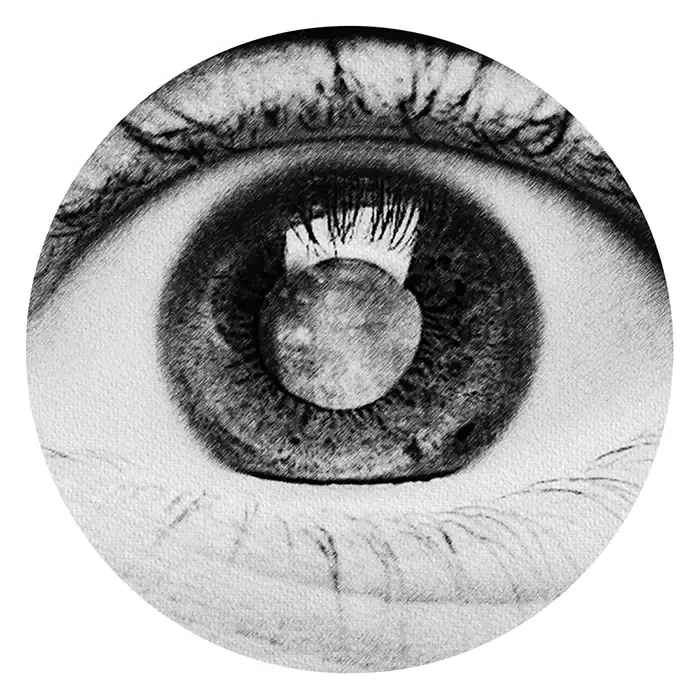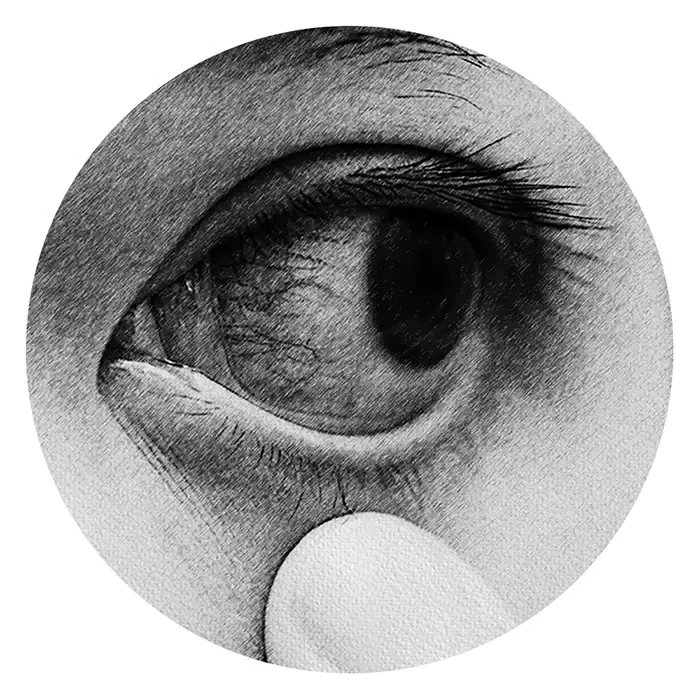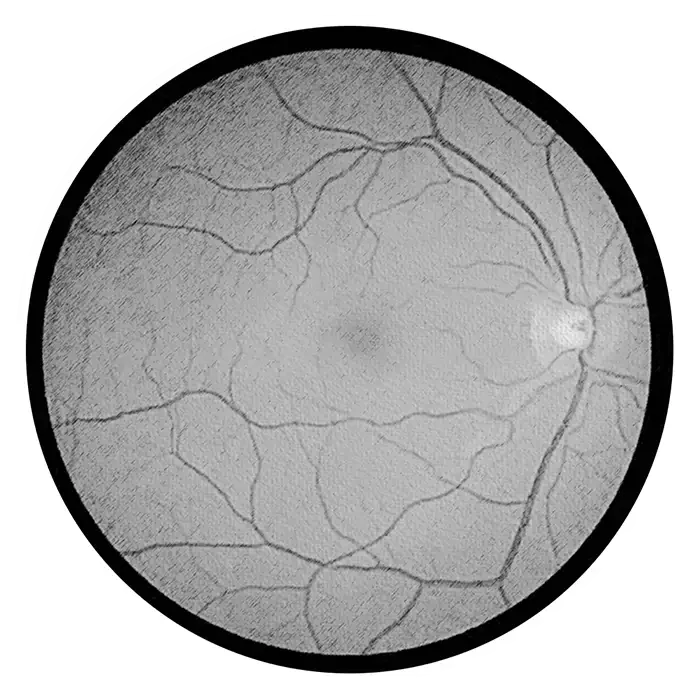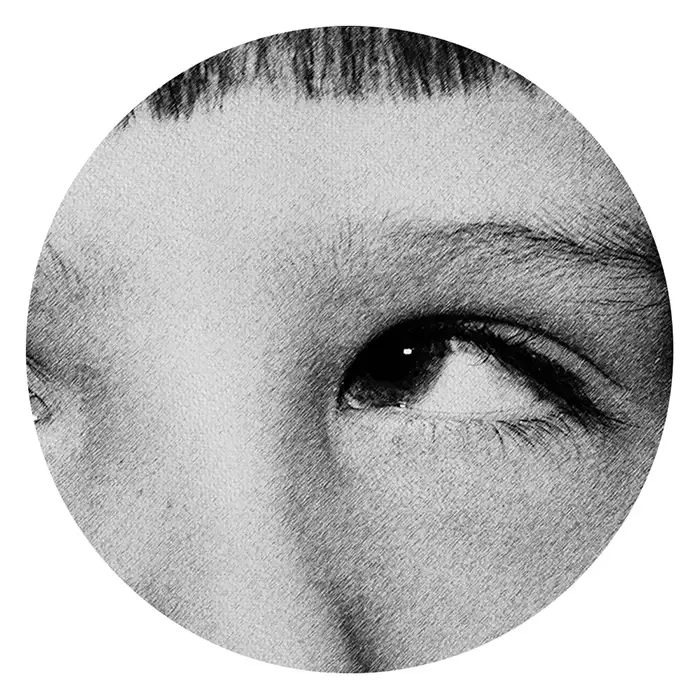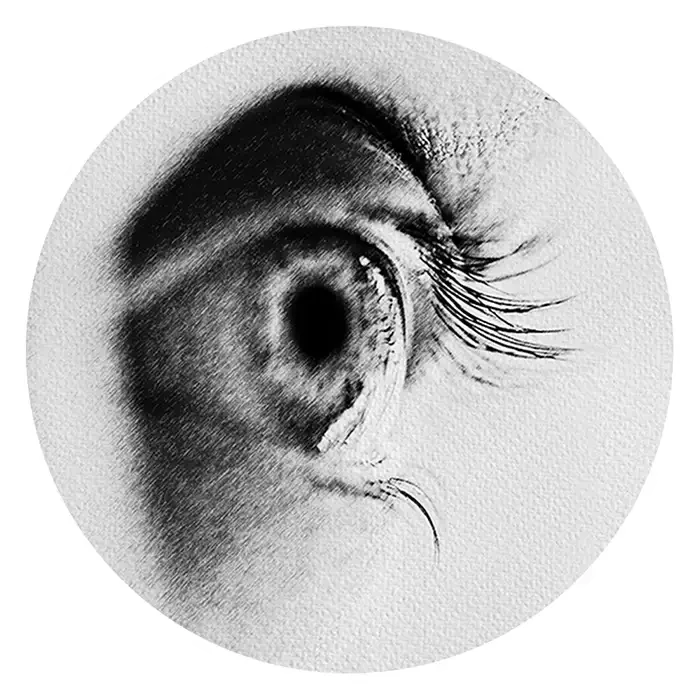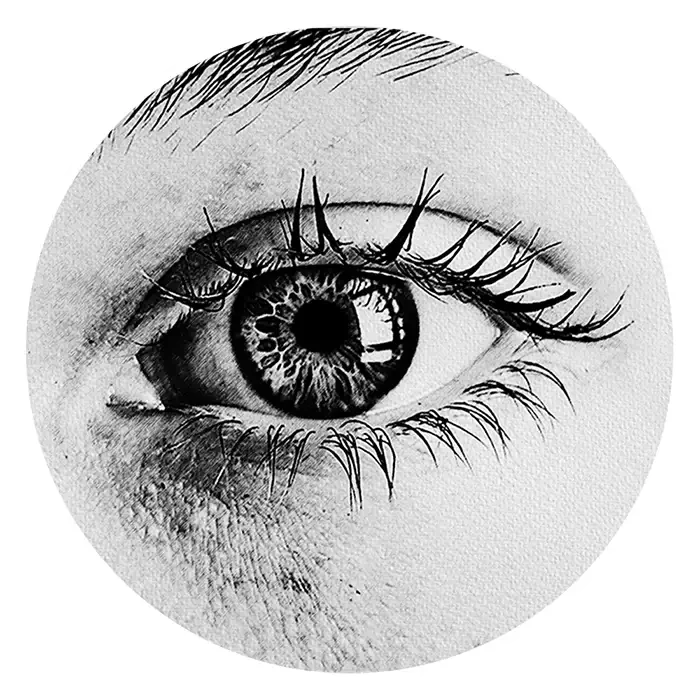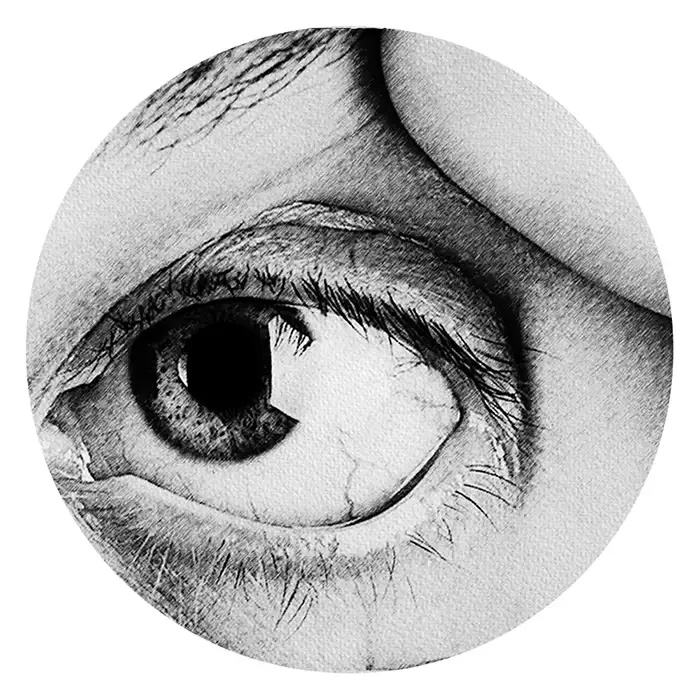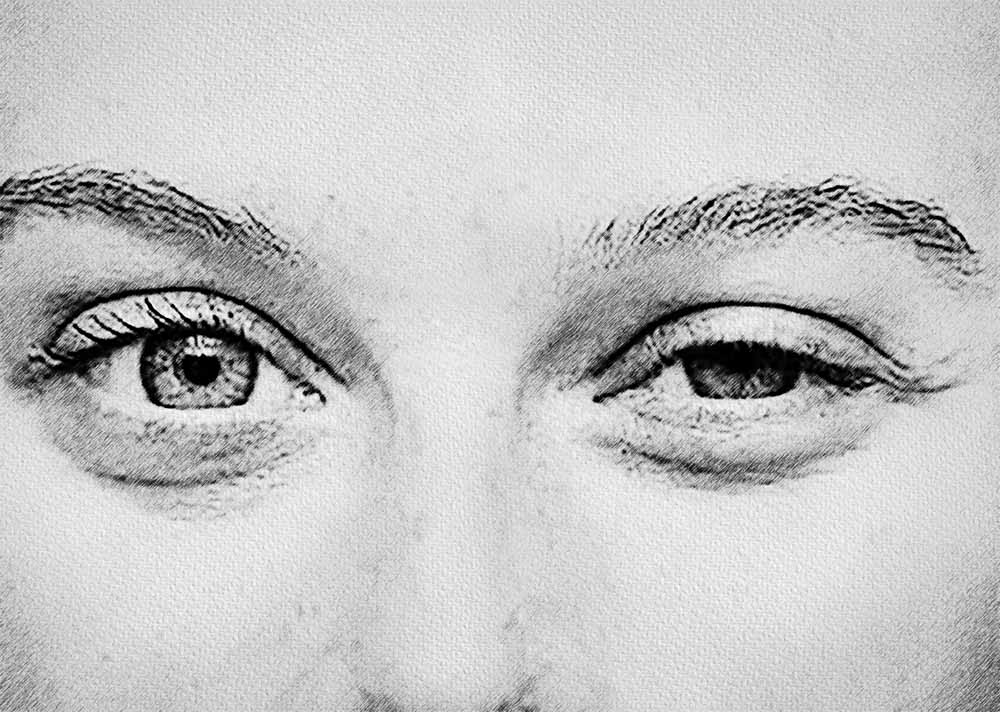
Exploring Ptosis (Drooping Eyelid) and Infrared Therapy
Ptosis, commonly referred to as drooping eyelid, is a condition characterized by the sagging or drooping of one or both upper eyelids. There are several types of ptosis, including congenital ptosis, acquired ptosis, and mechanical ptosis. Congenital ptosis occurs when the muscles responsible for lifting the eyelid fail to develop properly, leading to eyelid drooping from birth. Acquired ptosis can develop later in life due to factors such as aging, trauma, neurological conditions, or muscle weakness. Mechanical ptosis occurs when something physically obstructs the eyelid's ability to fully open, such as eyelid tumors or scarring.
Diagnosis of ptosis typically involves a comprehensive eye examination by an ophthalmologist or a neurologist. The doctor may assess the extent of eyelid drooping, evaluate muscle function and strength, and inquire about any associated symptoms such as vision changes or eye discomfort. Additional tests such as visual field testing, eyelid measurements, or imaging studies may be performed to determine the underlying cause of ptosis and assess its impact on vision and overall eye health.
The Retyne Infrared Eye Treatment Mask offers a potential therapeutic solution for managing the symptoms of ptosis. Program #4 on the Retyne controller delivers invisible infrared light therapy directly to the affected eyelid muscles, targeting muscle relaxation and promoting improved eyelid function. By utilizing infrared light therapy, the Retyne mask aims to alleviate eyelid drooping, enhance eyelid elevation, and improve visual field obstruction associated with ptosis. This non-invasive approach provides a comfortable and effective option for individuals dealing with drooping eyelids, complementing traditional treatments such as eyelid surgery or corrective eyewear.
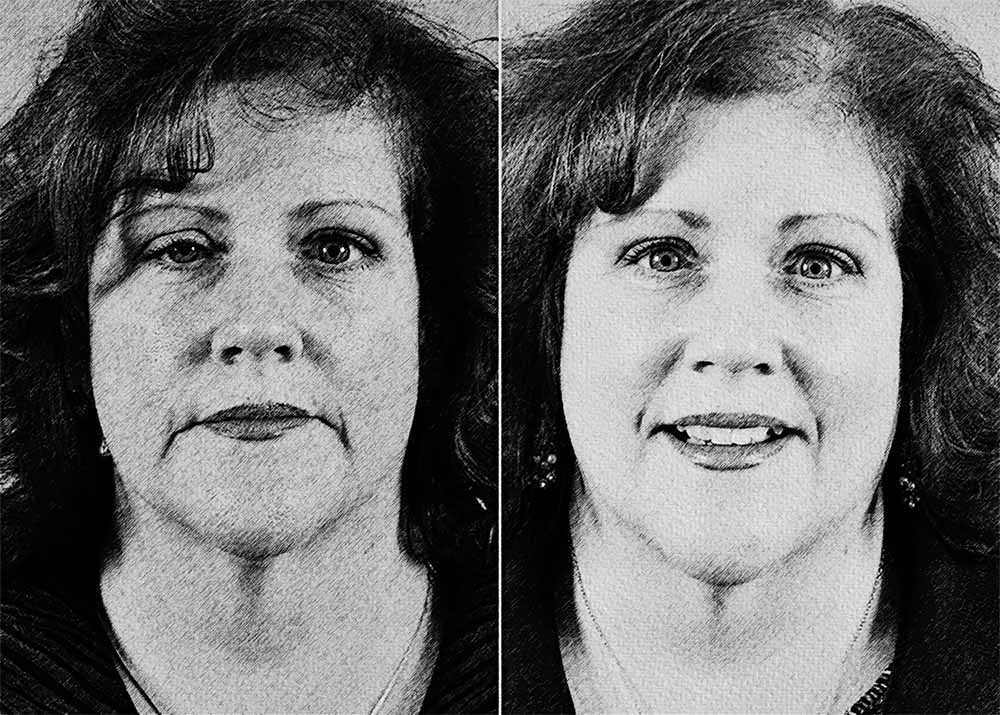
Through the utilization of program #4 on the Retyne controller, the Retyne mask delivers targeted infrared light therapy to the affected eyelid muscles, offering potential improvement in eyelid function and appearance for individuals with ptosis. By harnessing the power of invisible infrared light, Retyne's innovative approach promotes muscle relaxation and coordination, helping to address the underlying causes of eyelid drooping. Further research and clinical studies are necessary to fully evaluate the efficacy and long-term benefits of infrared light therapy in the management of ptosis, but early evidence suggests that the Retyne Infrared Eye Treatment Mask holds promise as a valuable therapeutic tool in this context.
The Retyne eye treatment mask harnesses a series of frequencies (0.06, 0.5, 0.87, 12.85, 27.5, 141, 301.23, 453.02, 783.4, 825.03) specifically tailored for addressing Ptosis (drooping eyelid). These frequencies have been carefully selected for their efficacy in managing and treating this condition. Retyne's approach involves translating each frequency into invisible infrared light output, representing a novel integration of frequencies with light, a pioneering technology developed by Retyne Labs. This innovative method draws inspiration from the pioneering work of Dr. Rife, who identified specific frequencies with healing properties and utilized a light source for their transmission. Building upon current research on invisible infrared technology and leveraging past studies on light transmission via frequency sources, the Retyne eye treatment mask represents a fusion of cutting-edge advancements in the field.
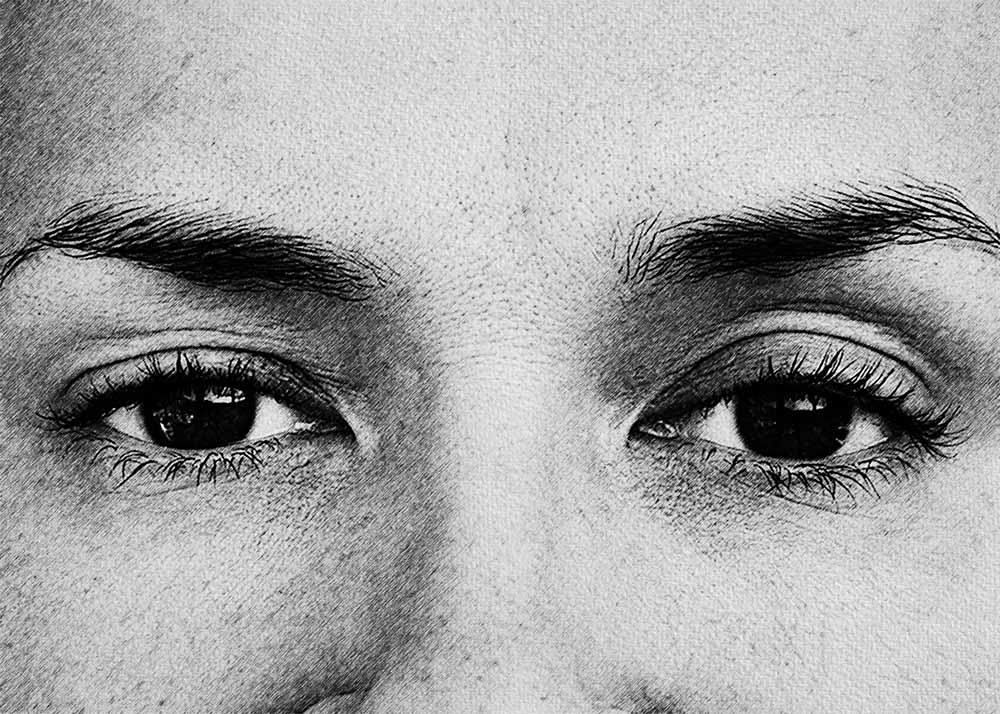
Moreover, for those utilizing advanced hardware such as the RDPV4, a secondary set of specific frequencies for Ptosis (drooping eyelid) (0.15, 0.8, 7.5, 30, 67.5, 125, 352.93, 563.19, 642.91, 930.12) is available. The RDPV4 offers an expanded range of frequencies, finely calibrated to provide even greater precision in addressing Ptosis (drooping eyelid). By incorporating this secondary set of frequencies, the RDPV4 elevates the potential therapeutic benefits of the Retyne eye Treatment Mask, catering to individuals seeking advanced solutions for their visual health needs.
Ptosis (drooping eyelid) General Group exists at program 1233 on the International ETDFL frequency list
Ptosis (drooping eyelid) Specific Group exists at program 2846: 0.15, 0.8, 7.5, 30, 67.5, 125, 352.93, 563.19, 642.91, 930.12
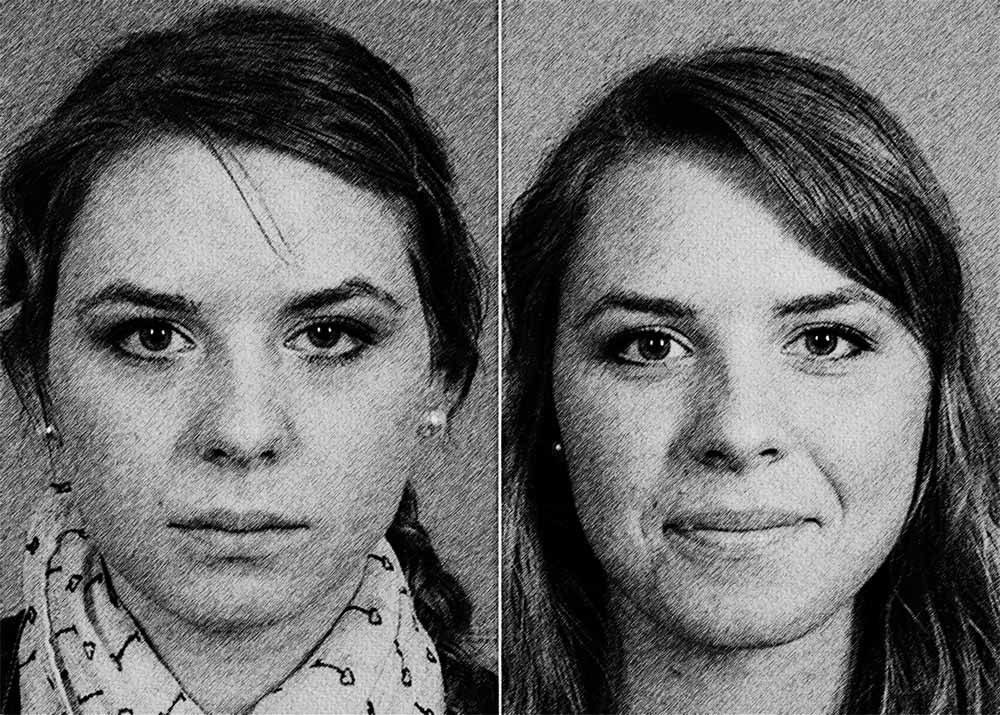
Compatibility
Standalone controller (Program #4) (Controller shipped with Retyne Eye Treatment Mask)
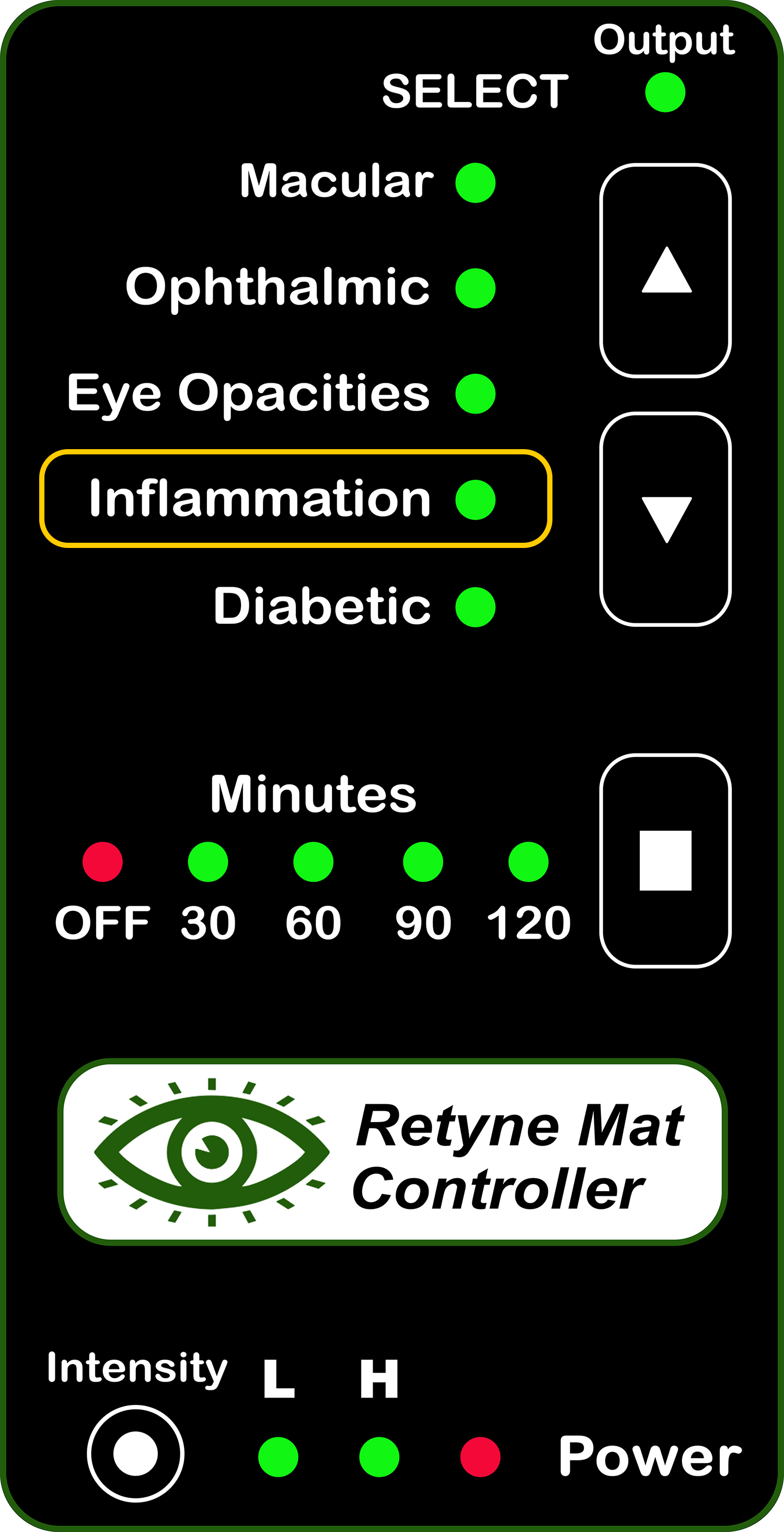
RDPV4 (Direct connect, use group 2846)
RDPV4 Light Mask Program button 4
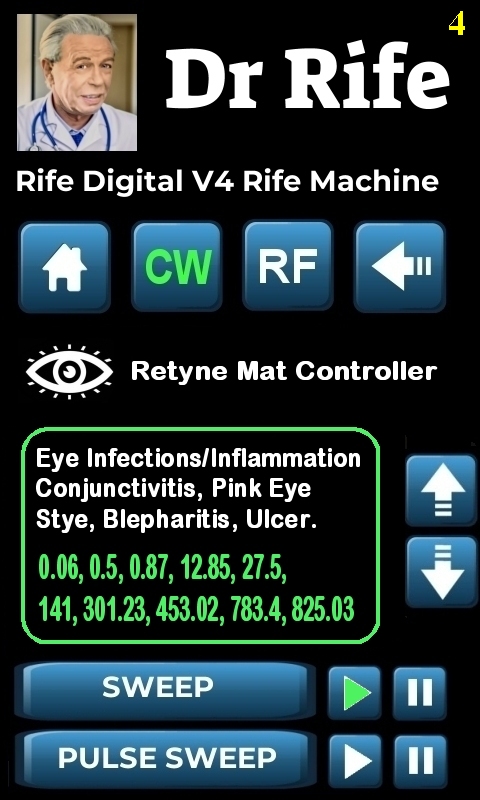
Click here for instructions on using the Retyne Mask + Controller
